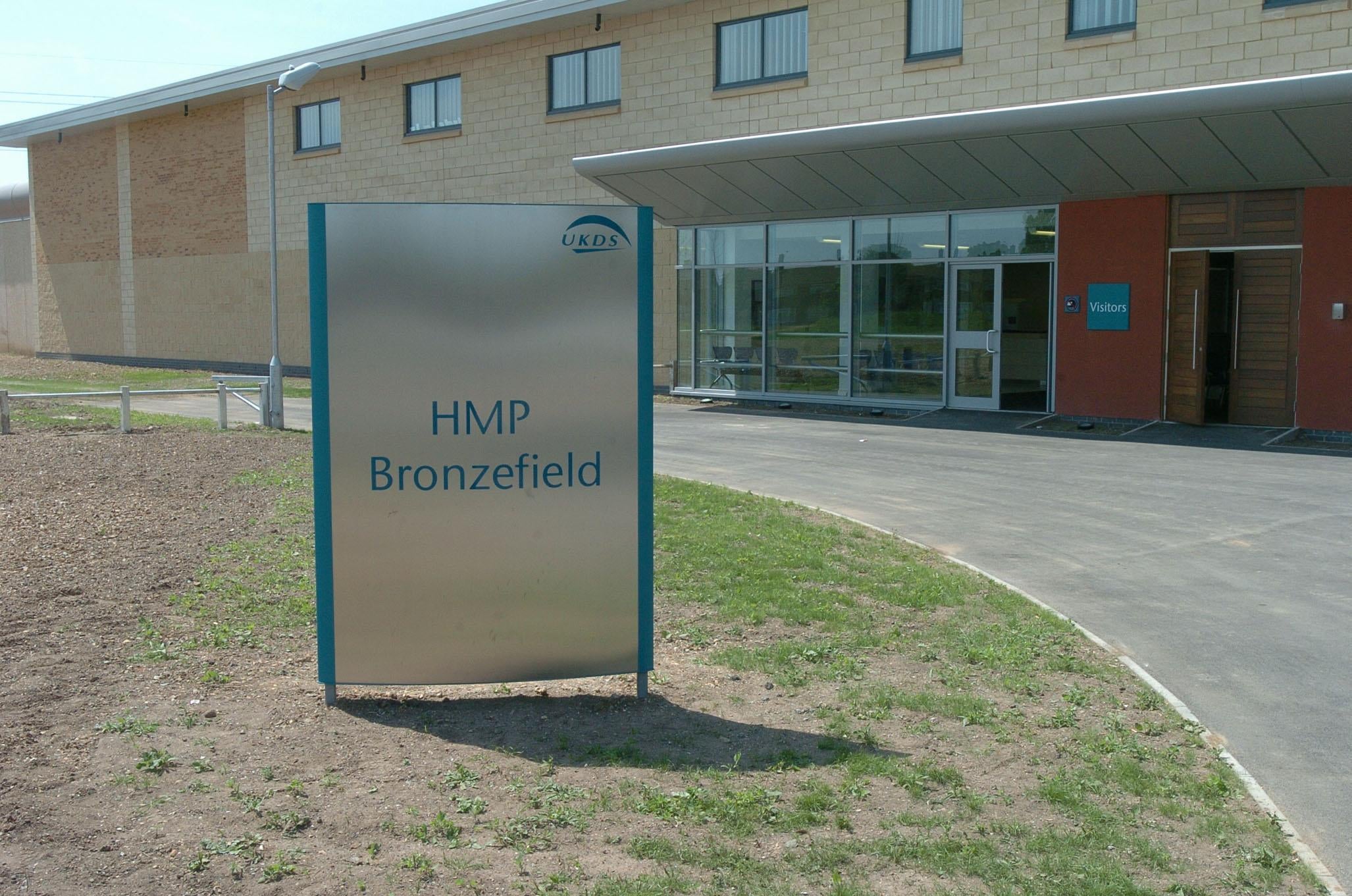There are too many women in prison – here’s what needs to change
Most women in jail have been victims of more serious crimes than they themselves have committed, writes Andrea Coomber. We’ve known how to tackle this crisis for almost 20 years – now it’s time to put it into action


Amid the celebrations of International Women’s Day, I’ll be thinking of those 3,499 women in England and Wales who will be spending the day in prison.
There will be colourful displays in prison libraries with pictures of Marie Curie, Oprah and Margaret Thatcher, but for most it will pass as another unforgiving day, away from their kids, dealing with feelings of shame and regret, and a very real fear for what the future holds.
The theme of this year’s International Women’s Day is “Accelerate Action”, and there are few areas of public policy where there is more urgent need for action than there is for women in prison.
I've visited a number of women’s prisons over the past couple of months – they are always miserable. A lot of very sad and broken women, trying to support one other through the worst period of their lives. More than half are mothers; one woman told me that she struggles to sleep, for all the women on her wing wailing in the night, missing their kids.
Most women are in for low-level and non-violent offences, often related to addiction and poor mental health. Convicted of minor offences, 60 per cent are serving sentences of less than six months – sentences so discredited by the government’s own evidence that they are likely to be on the chopping block by David Gauke’s Sentencing Review. And one in four women in prison haven’t yet been sentenced or even tried; most will be acquitted or sentenced to less time than they’ve served.
And when it comes to women in the criminal justice system, the victim/perpetrator binary is largely meaningless; most women have been victims of more serious crimes than they themselves have committed.
A lot of the women are highly vulnerable. Nearly a third were in care as a child, more than half experienced childhood abuse, and many struggle with poor mental health. Half of them suffer anxiety and depression, with a similar proportion having attempted suicide.

And the fact that upon release, sometimes to homelessness, many of these women go on to reoffend, shows the system simply doesn’t work – for them, their families or for the rest of us.
While there is increasing awareness in society of mental health and wellbeing, it seems extraordinary that women in mental health crisis are still remanded to prison as “a place of safety” due to the lack of adequate provision available in the community. These women haven’t committed a crime; they’re just very unwell. Prison couldn't be a worse place to address their needs.
Last month, a report on women’s experiences of prison in England laid bare the stark realities of life inside. The findings of His Majesty’s Inspectorate of Prisons ought to have been shocking: endemic levels of mental ill-health and self-harm, overuse of physical force used against women in crisis, and startling gaps in prisons’ ability to provide women with basic decency or care.
And yet, the report was published, read, and then condemned to join the long lists of similar research, figures and publications that have documented the tragic failings in women’s prisons for several decades.
Many of these reports refer to a moment that was supposed to be a watershed in women’s justice – the Corston Report. When Baroness Jean Corston published her review of women in the criminal justice system in 2006, many in the sector thought we had the blueprint for a way out of the system’s failings. Corston set out a radical vision, one in which women were treated holistically and individually, and above all, with the recognition that the overwhelming majority of them needed safe spaces and professional help, not jail cells.
In the almost 20 years since, any discussion of women in prison will hark back to Corston, the roadmap it laid out, and the ways in which we’ve failed to follow its directions. Though the report was radical for its time, governments of both colours have accepted its premise that prison isn’t a suitable place for most women and that a different approach is required.
And yet, in 2025, the situation of women in our prisons is as bad as ever. Recent weeks have revealed that pregnant women at Bronzefield are regularly handcuffed while giving birth – a greater indignity is difficult to imagine. Yet this is the same prison where twice in recent years babies have died when young mothers have given birth alone and in acute distress, their calls for help ignored.
The Starmer government has recognised that “we are sending too many women to prison” and has set up a Woman’s Justice Board to explore alternatives. This commitment and focus are welcome. The Board will be able to draw on an overwhelming evidence base of what works and what doesn’t work for women in trouble with the law. But time is of the essence.
There have been decades of warm words about the need to decarcerate women, and yet nothing has changed. Despite the best efforts of prison leaders and staff, the women’s prison estate is simply not fit for purpose. Women in prison, their families and our communities deserve accelerated action.
Earlier this week, after years of campaigning by the Howard League, the government committed to never again send a girl to a Young Offenders Institution, a boys’ prison. It is time that they similarly take decisive action to improve the lot of women in the system – and swiftly. Lives are on the line.
Andrea Coomber KC (Hon.) is chief executive of the Howard League for Penal Reform
Join our commenting forum
Join thought-provoking conversations, follow other Independent readers and see their replies
Comments
Bookmark popover
Removed from bookmarks